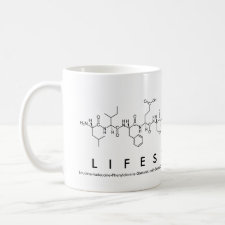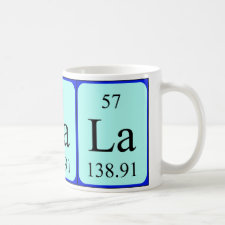
Authors: Varshini JSC, Das N
Article Title: Enhanced uptake of rare earth metals using surface molecular imprinted biosorbents of animal origin: Equilibrium, Kinetic and Thermodynamic studies.
Publication date: 2015
Journal: International Journal of ChemTech Research
Volume: 7
Issue: (4)
Page numbers: 1913-1919.
Alternative URL: http://sphinxsai.com/2015/ch_vol7_no4/4/(1913-1919)%20V7N4.pdf
Abstract: The surface molecular imprinted (SMI) biowaste materials of animal origin viz. prawn carapace (PC), and fish scales (FS) were used as adsorbents for the enhanced recovery of the rare earth metals viz. cerium(III) and lanthanum (III) from aqueous solution. The adsorption capacities were notably increased from 218.3 mg/g to 363.5 mg/g for Ce(III) imprinted PC, and 200.0 mg/g to 312.3 mg/g for La (III) imprinted FS respectively. The Langmuir model showed the best fit for Ce(III) adsorption whereas Freundlich model was found to be more favourable for adsorption of La(III) ions. The process followed a homogeneous mode in the case of SMI PC whereas heterogeneity in cases of SMI FS was further confirmed by scanning electron microscopy (SEM). Kinetic studies indicated that adsorption followed pseudo first order model for Ce(III) ions and pseudo second order model for La(III) ions. FTIR analysis confirmed the involvement of more functional groups in case of SMI biosorbents. Maximum Recovery of 89% Ce(III) and 87 % La(III) was noted using SMI PC and SMI FS respectively. Regeneration studies suggested that the biosorbent SMI PC and SMI FS could be consistently reused upto 6 cycles
Template and target information: rare earth metals, cerium ion, Ce(III), lanthanum ion, La(III)
Author keywords: Biowaste materials, cerium (III), lanthanum (III), recovery, surface molecular imprinting



Join the Society for Molecular Imprinting

New items RSS feed
Sign-up for e-mail updates:
Choose between receiving an occasional newsletter or more frequent e-mail alerts.
Click here to go to the sign-up page.
Is your name elemental or peptidic? Enter your name and find out by clicking either of the buttons below!
Other products you may like:
 MIPdatabase
MIPdatabase









